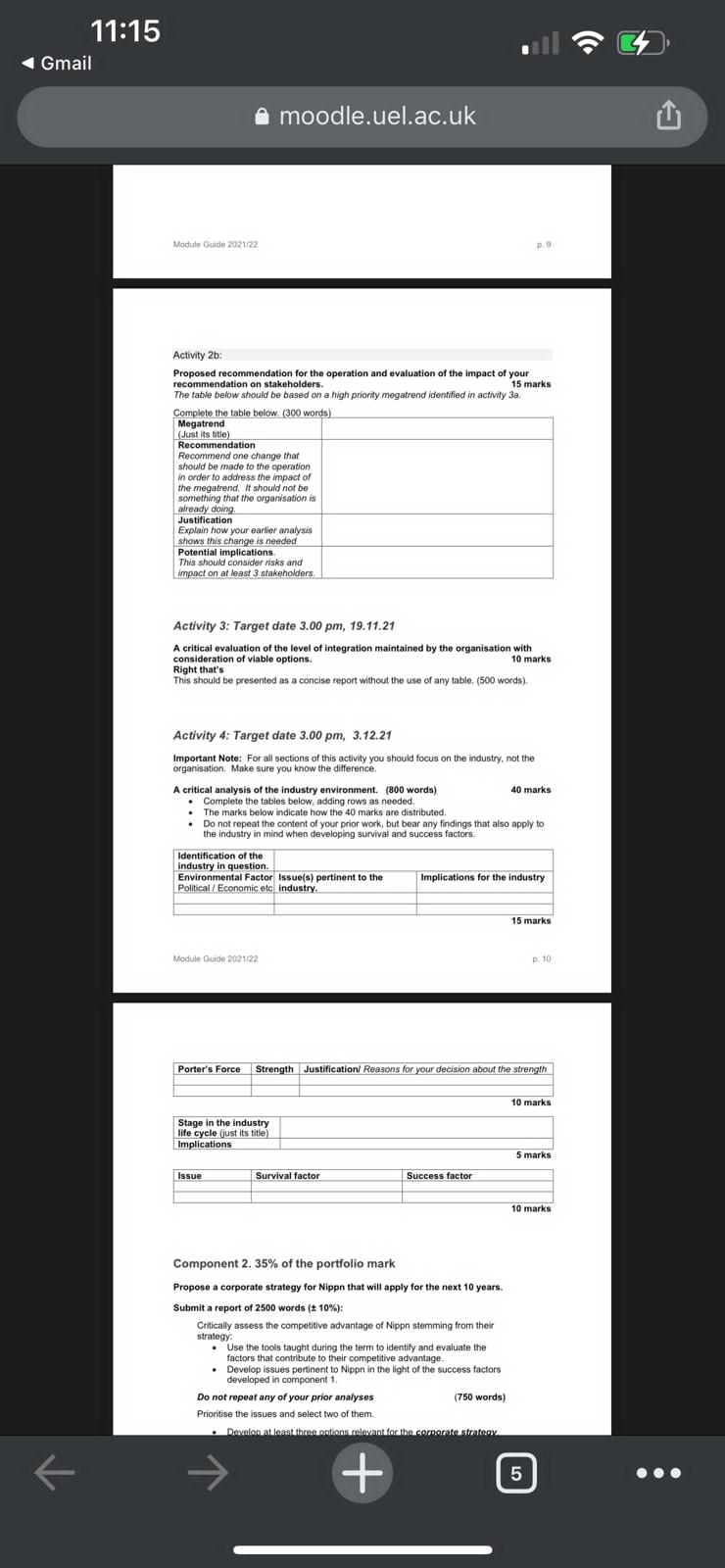SG7001 Managing strategy Operations and Partnership
Introduction
The capacity of management to connect the company’s networks of commercial contacts is becoming increasingly important in this age of supply chain competitiveness.
Supply chain management is described as the integration of important business activities from raw-material suppliers to end-users to provide goods, services, and information that benefit consumers and other stakeholders (Purwanto et al., 2019). To combine the advantages of large and small firms, supply chain management is a system that uses both scale and coordination.
Discussion
Supply chain management techniques must evolve to keep pace with changing business conditions and product lifecycles. The product life cycle, from conception to recycling, necessitates a wide variety of interactions from players. Supply networks for new market items must be able to handle a wide range of demand fluctuations. Stable marketplaces necessitate reliable supply chains that can deliver goods at low prices regularly.
Due to these fluctuating conditions, good supply chain management must be able to respond quickly and effectively. Traditional marketing strategies, such as in-store sales and price promotions, resulted in large fluctuations in product demand. As a result of these efforts, demand fluctuation and uncertainty were decreased, which lowered the need for increased production capacity and big stockpiles (Raisch and Krakowski, 2021).
As a result, in response to shifting business demands, their major supply chain focus shifted from marketing to manufacturing, stocks, and logistics. Customers and suppliers establish an integrated supply chain when they use management practices to coordinate their efforts to create, distribute, and support a final product at its best possible efficiency and performance.
Because trust, shared goals, and contracts are all that connect the actors in the supply chain, it may be helpful to think of them as part of a larger, vertically integrated organisation. For independent providers, it is more difficult to service the needs of multiple clients at once than for captive suppliers (Schoemaker et al., 2018).
Conclusion
There is some level of integration in all supply networks. Increasing supply chain integration has as one of its goals the optimization of the chain’s overall performance by concentrating and coordinating the appropriate resources of each member.
Management skills, procedures, and technology must be applied in a disciplined manner to connect the chain’s essential operations and capabilities and take advantage of the available business possibilities during the integration process. Typically, the goals of all parties are to increase profits and decrease risk. Customer-supplier conflict is common in traditional supply chains, which emphasises the importance of price and delivery over all else.
There is also a lack of open communication and a concentration on cost and delivery at the expense of long-term success and mutually beneficial cooperation. Collaboration and open communication between all parties in a long-term, sustainable supply chain are the hallmarks of integrated supply networks. Redwing blackbirds flying over a swamp indicate a well-coordinated group of autonomous people. There is no visual sign that the birds in the flock are rising, diving, or turning at the same moment.
Reference
Purwanto, A., Asbari, M. and budi Santoso, P., 2019. Influence of Transformational and Transactional Leadership Style toward Food Safety Management System ISO 22000: 2018 Performance of Food Industry in Pati Central Java. Inovbiz: Jurnal Inovasi Bisnis, 7(2), pp.180-185.
Raisch, S. and Krakowski, S., 2021. Artificial intelligence and management: The automation–augmentation paradox. Academy of Management Review, 46(1), pp.192-210.
Schoemaker, P.J., Heaton, S. and Teece, D., 2018. Innovation, dynamic capabilities, and leadership. California Management Review, 61(1), pp.15-42.
Syed, R., Suriadi, S., Adams, M., Bandara, W., Leemans, S.J., Ouyang, C., ter Hofstede, A.H., van de Weerd, I., Wynn, M.T. and Reijers, H.A., 2020. Robotic process automation: contemporary themes and challenges. Computers in Industry, 115, p.103162.
Vandenberg, O., Martiny, D., Rochas, O., van Belkum, A. and Kozlakidis, Z., 2021. Considerations for diagnostic COVID-19 tests. Nature Reviews Microbiology, 19(3), pp.171-183.
Know more about UniqueSubmission’s other writing services:
Know more about UniqueSubmission’s other writing services:


